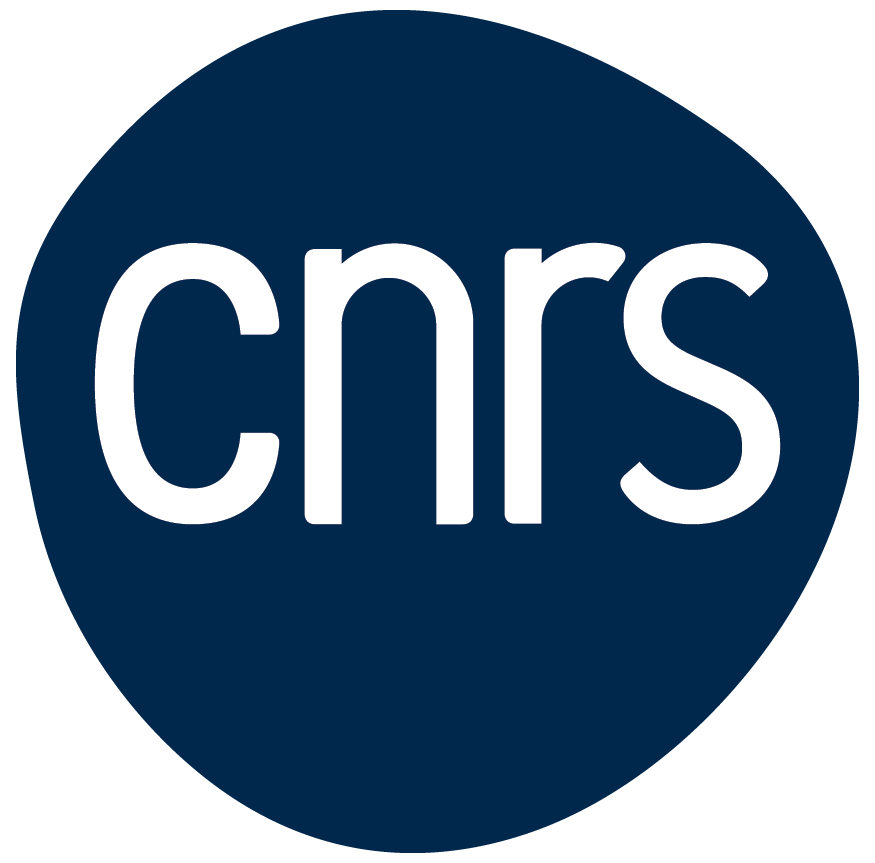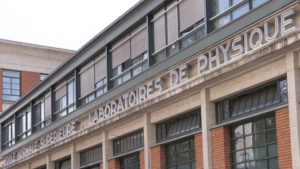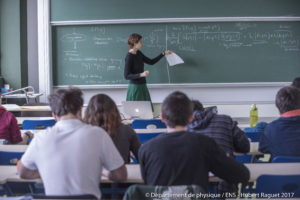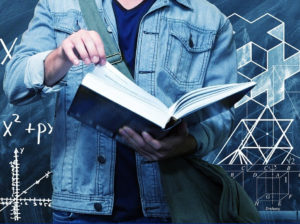L’Institut de Physique Philippe Meyer de l’Ecole Normale Supérieure de Paris a créé un Prix International pour un jeune chercheur : le « Prix Philippe Meyer de Physique ». Il est décerné tous les deux ans et vise à récompenser des contributions exceptionnelles dans le domaine de la Physique.
Le Prix consiste en une dotation financière de 10 000 (dix mille) euros en plus d’une invitation à passer un mois en tant que visiteur à l’Institut Philippe Meyer de Physique.
Un domaine scientifique spécifique est choisi pour chaque Appel et la sélection est faite par un jury international dont les noms sont publiés sur la page web du Prix après la sélection du lauréat. Les nominations pour le Prix sont ouvertes à tous les membres de la communauté scientifique internationale. Les candidatures autoproclamées ne sont pas acceptées. Les candidats doivent avoir reçu leur thèse de doctorat moins de dix ans avant le 1er janvier de l’année d’attribution. Pour les femmes candidates, une année supplémentaire est ajoutée pour chaque enfant en charge. Les personnes titulaires d’un poste à l’Ecole Normale Supérieure ne sont pas éligibles pour recevoir le Prix.
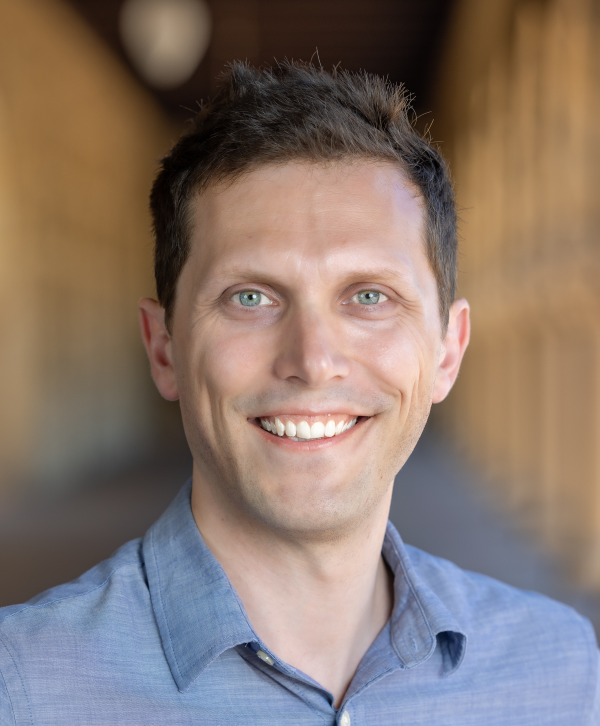
2024
L’Institut Philippe Meyer de l’Ecole Normale Supérieure a le plaisir d’annoncer que le Prix Philippe Meyer de Physique 2024 est attribué au Prof. BEN GOOD (Stanford Univerity) pour ses avancées majeures sur l’évolution des communautés microbiennes et l’interaction entre l’évolution et l’écologie.
Le jury international du prix était composé de :
– Professeur Jean-François Joanny (Président)
– Professeur David Nelson
– Professeur Ben Simons
– Professeur Haim Sompolinski
________
Cérémonie de remise du prix Philippe Meyer
Vendredi 4 avril 2025
Ecole Normale Supérieure, Salle Emile Borel, 29 rue d’Ulm, Paris 5e.
Programme
14:00 – Introduction
14:15 – Benjamin Good, lauréat du Prix Philippe Meyer 2024
Statistical physics of evolving microbial communities
Underneath the fascinating biology, evolution is controlled by a stochastic dynamical process that describes how mutations arise and spread through a population. Although the rules of this process are simple, it can be surprisingly difficult to predict how they combine to determine the genetic and phenotypic structure of a population. In this talk, I will show how theoretical approaches from statistical physics, along with experimental data from rapidly evolving microorganisms, can enhance our quantitative understanding of this process. Specific attention will be devoted to microbial communities, where the interactions between ecology and evolution raise a unique set of challenges. I will discuss our recent efforts to predict the coupled ecological and evolutionary dynamics that emerge in minimal models of resource competition, and their connections to empirical data from laboratory evolution experiments and mammalian gut microbiomes. We will see that several counterintuitive behaviors arise in the high-diversity limit that characterizes many natural microbial populations, and that “large-N” approaches can be useful for understanding these self-organized dynamical states.
15:15 – Pause café
15:45 – David Nelson (Harvard University)
Active Antagonism: Reproducing Microorganisms and Fluid Flows
The growth and evolution of microbial populations is often subject to advection by fluid flows in spatially extended environments, with immediate consequences for spatial population genetics in marine ecology, planktonic diversity and fixation times. We review recent progress made in understanding this rich problem in the simplified setting of two competing genetic microbial strains subjected to fluid flows. We first review microbial range expansion experiments on liquid substrates and then move on to discuss antagonism, i.e., two killer microorganism strains, each secreting toxins that impede the growth of their competitors (competitive exclusion), both with and without stationary fluid flows. Recent experiments that reveal the presence of a genetic line tension are described. Coupled reaction-diffusion equations that include advection by simple steady cellular flows composed of characteristic flow motifs in two dimensions reveal how local flow shear and compressibility effects can interact with selective advantage to have a dramatic influence on genetic competition and fixation in spatially distributed populations. We analyze a variety of 1d and 2d flow geometries including sources, sinks, vortices and saddles, and show how simple analytical models of the dynamics of the genetic interface can be used to shed light on the nucleation, coexistence and flow-driven instabilities of genetic drops.
16:30 – Jean-François Joanny (Collège de France)
Active Nematic Turbulence
In the limit of high activity, most active systems reach a state of spatio-temporal chaos which has been termed active turbulence. The aim of this talk is to describe our recent results on active turbulence in a single component nematic system in the limit where there are no nematic defects. We first discuss the flow instability of a homogeneous nematic states showing that it can be a supercritical or a sub-criticial bifurcation. We then show using large scale numerical simulations that there exist two turbulent states; a large scale fluctuating turbulent state and an arrested state. We show that the arrested state which is obtained for extensile rod-like nematics has a well defined labyrinth pattern of the nematic field and of the flow field. The slowing down of the fluctuations is due to a topological frustration of the labyrinth structure.
In collaboration with I. Lavi, R. Alert, J. Casademunt
17:15 – Fin
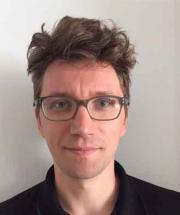
2022
Le champ scientifique est : “Theoretical High Energy and Elementary Particle Physics ».
Le jury international est composé de : Luciano Maiani (Président), Belen Gavela et Michael Peskin.
Le prix a été décerné à : Alexander ZHIBOEDOV
La citation est la suivante :
“…..for outstanding contributions to our understanding of the operator structure of quantum field theories with conformal invariance. His foundational work has applications to the search for new non-perturbative quantum field theories and to the analysis of Quantum Chromodynamics at particle colliders.”
La cérémonie de remise du prix a eu lieu à Paris, salle L367, en date du 12 décembre 2022 et a donné lieu à un colloque d’une demi-journée :
![]() 14:30 — 14:45 J. Iliopoulos : Welcome address, The Philippe Meyer Prize
14:30 — 14:45 J. Iliopoulos : Welcome address, The Philippe Meyer Prize![]() 14:45 — 15:00 L. Maiani : Presentation of the laureate
14:45 — 15:00 L. Maiani : Presentation of the laureate![]() 15:00 — 16:00 A. Zhiboedov : “The operator structure of conformally invariant
15:00 — 16:00 A. Zhiboedov : “The operator structure of conformally invariant
quantum field theories and the geometry of spacetime”![]() 16:00 — 16:30 Coffee break
16:00 — 16:30 Coffee break![]() 16:30 — 17:30 L. Maiani : “Exotic hadrons”
16:30 — 17:30 L. Maiani : “Exotic hadrons”
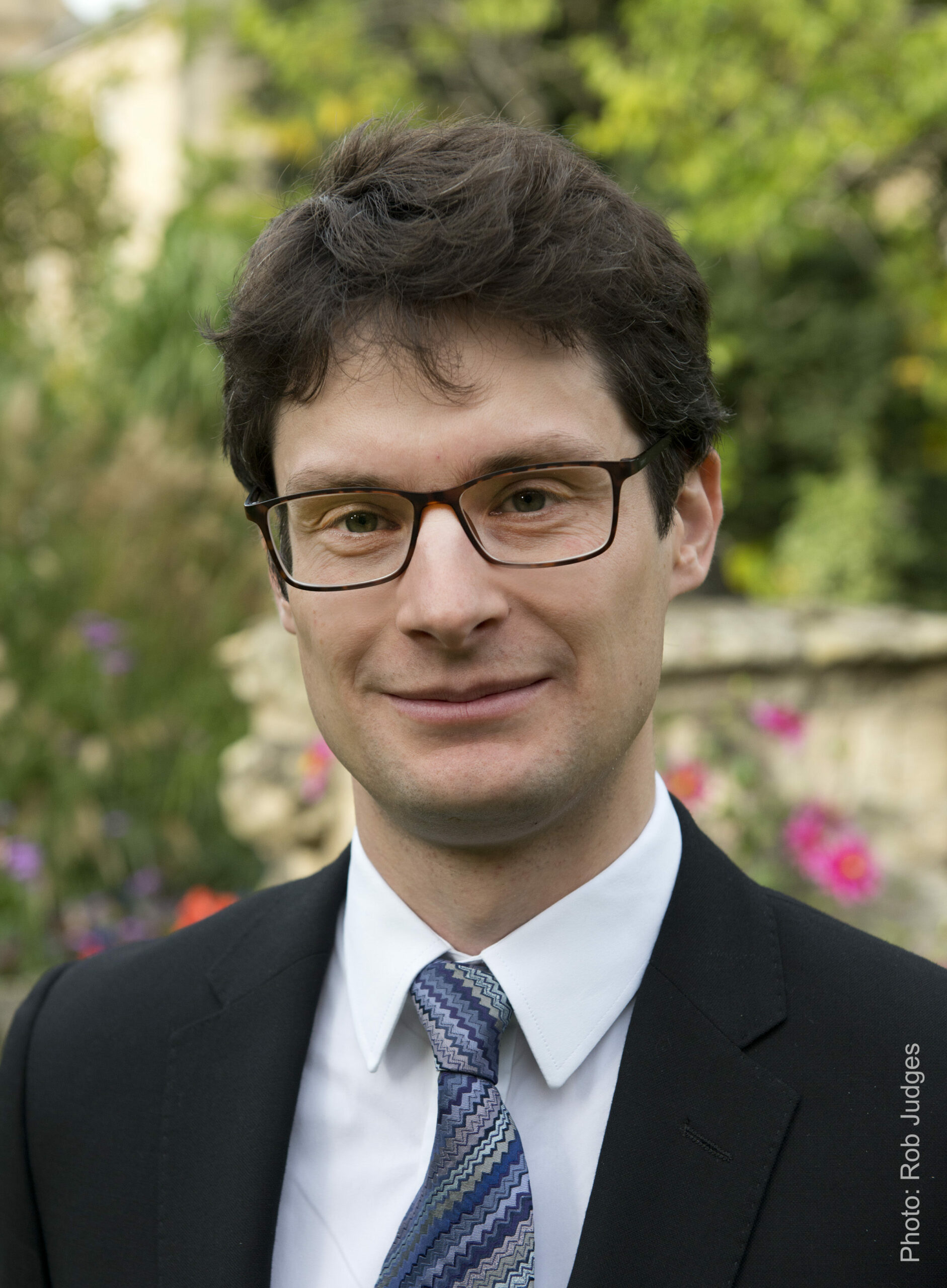
2020
Le champ scientifique était :“Statistical Physics of Out-of-Equilibrium Systems”.
Le jury international était composé de : Professeur Herbert Spohn (président), Professeur David Huse, Professeur Christopher Jarzynski et Professeur Andrea Liu.
Le prix a été décerné à : Adam Nahum
La citation est la suivante :
“…..pour ses contributions originales à la dynamique des systèmes quantiques à plusieurs corps non-intégrables, en particulier par l’étude de circuits quantiques aléatoires.”
La cérémonie de remise des prix s’est déroulée par téléconférence à Paris en décembre 2020.
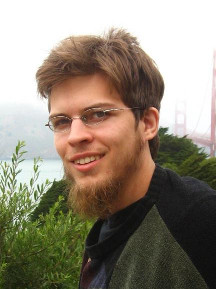
2018
Le champ scientifique était : « Quantum Field Theory, Strings and Gravity ».
Le jury international était composé de : Professeur Michael Green (président), Professeur Ashoke Sen et Professeur Edward Witten.
Le Prix a été décerné à : Aron Wall
La citation est la suivante :
“Le Prix Philippe Meyer est attribué à Aron Wall pour ses nombreuses contributions ayant ouvert des nouvelles voies à l’interface entre la relativité générale, la thermodynamique et la théorie quantique des champs. ”
La cérémonie de remise des prix a eu lieu à Paris en décembre 2018 et a donné lieu à un exposé scientifique donné par Aron Wall :
“How low can the energy density go ?”
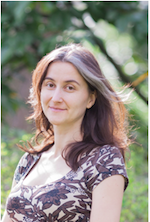
2016
Le champ scientifique était : « Statistical Physics of Disordered Systems ».
Le jury international était composé de : Professeur John Cardy (président), Professeur William Bialek et Professeur Kurt Binder.
Le prix a été décerné à : Lenka Zdeborova
La citation est la suivante :
“…….pour avoir réussi à étendre les frontières de la physique statistique par la formulation d’une approche unifiée à des questions telles que les systèmes désordonnés, les inférences à partir des données bruitées, la structure des problèmes difficiles sur le plan algorithmique et la possibilité de reconstruire des signaux multi-dimensionnels à partir de mesures de basse dimension (détection comprimée).”
La remise des prix a eu lieu à Paris le 2 décembre 2016 et a donné lieu à un colloque d’une demi-journée :
![]() 14 h 00 : une présentation par la Lauréate
14 h 00 : une présentation par la Lauréate![]() 15 h 00 : John CARDY : Entanglement Hamiltonians
15 h 00 : John CARDY : Entanglement Hamiltonians![]() 16 h 30 : Kurt BINDER : Simulations of interfacial phenomena in soft condensed matter and nanoscience.
16 h 30 : Kurt BINDER : Simulations of interfacial phenomena in soft condensed matter and nanoscience.
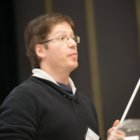
2014
Le champ scientifique était : « The Theory of Elementary Particles and their Interactions ».
Le jury international était composé de : Professeur Sheldon Lee Glashow (président), Professeur Luis Alvarez-Gaumé et Professeur Alvaro DeRujula.
Le prix a été décerné à : Zohar Komargodski
La citation est la suivante :
“Zohar Komargodski a apporté des contributions importantes dans notre compréhension des théories quantiques des champs supersymétriques. Il a étudié leurs propriétés non-perturbatives, la structure de leur diagramme de phases ainsi que plusieurs aspects liés à la brisure de la supersymétrie. Certains de ses résultats ont des applications aux théories supersymétriques au delà du Modèle Standard. Il a aussi étudié les connexions entre l’invariance d’échelle et l’invariance conforme en plusieurs dimensions d’espace-temps avec des applications aux systèmes critiques de la matière condensée.”
La cérémonie de remise du prix a eu lieu à Paris en décembre 2014 lors d’une conférence pour les 40 ans du Laboratoire de Physique Théorique de l’ENS.

